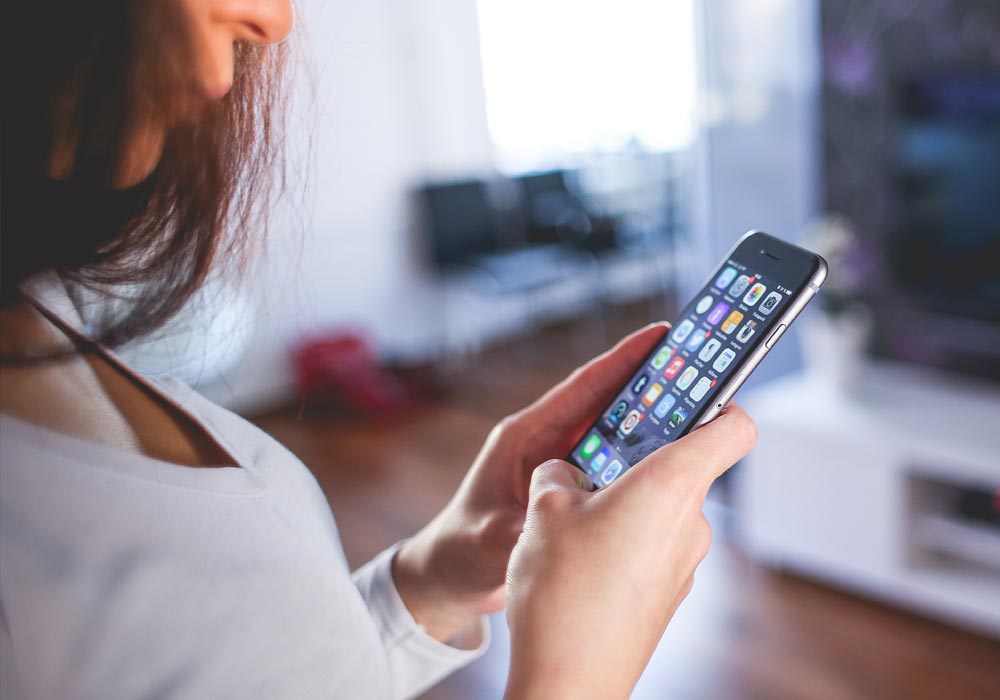Improving user experiences and keeping consumers' confidence in mobile app engagement relies heavily on giving them control over their push notification options. iOS app developers need to figure out how to keep track of user preferences and make it easy for users to adjust push notifications. To help developers accomplish this aim and provide consumers control over their notification experience, this article explores best practices and methodologies.

Visit https://www.nashpush.com/apple-push-notification-service for further details.
By allowing consumers to fine-tune their choices for certain sorts or categories of notifications, developers may boost user happiness. Developers make it possible for consumers to choose to receive alerts, updates, promotions, and reminders by dividing notifications into different categories. In addition, developers have the option to include checkboxes or toggle switches in the app's settings menu so users may individually activate or disable notifications for each category. Users may personalize their notification experience to their liking with this granular approach, which boosts satisfaction and decreases the risk of notification fatigue.
Controlling the settings for push notifications in iOS applications requires utmost sensitivity to user needs and personal choice. To make it easy for consumers to manage their notification choices, developers should provide straightforward opt-in and opt-out tools. Developers need to ask users to authorize push notifications when they initially run the app or throughout the onboarding process. Also, developers should make it easy for users to turn on or off push notifications in the app's settings menu without any hassle. Developers may create a trustworthy product and improve the user experience by putting the consumer first and making it easy to adjust notification settings.
When users have several iOS devices, their notification settings should be consistent across all of them. Developers may make use of preferences sync techniques to make this happen. Developers let customers manage their notification settings once and have them synced across all of their iOS devices smoothly by adopting cloud-based synchronization methods or by making use of iCloud Keychain.
Users won't have to fiddle with notification settings on each device anymore thanks to this method, which also guarantees a consistent user experience. A more streamlined and frictionless user experience, leading to higher levels of happiness and engagement with the app, is the result of developers emphasizing preferences sync.
To summarize everything described above, developers need:
In order to encourage great user experiences and long-term app engagement, developers should put an emphasis on user control and personalization so that users may adjust the notification settings to their liking. This will lead to higher user engagement and retention rates.